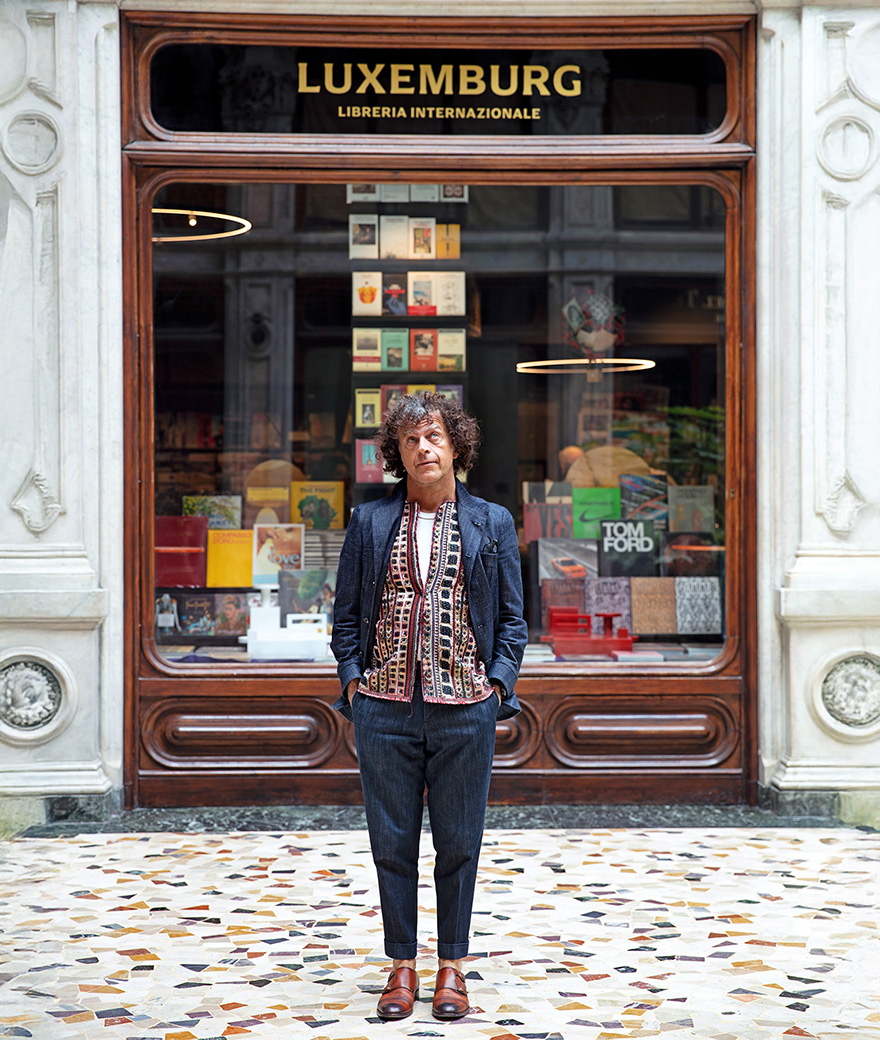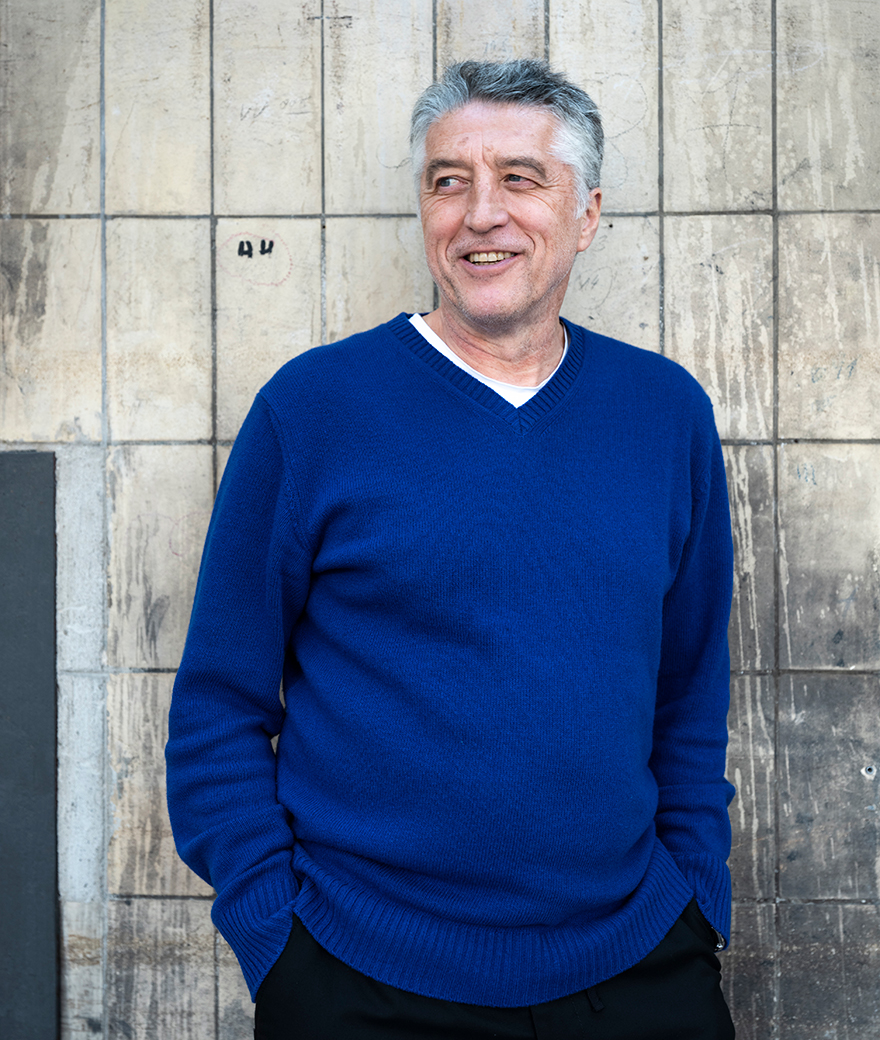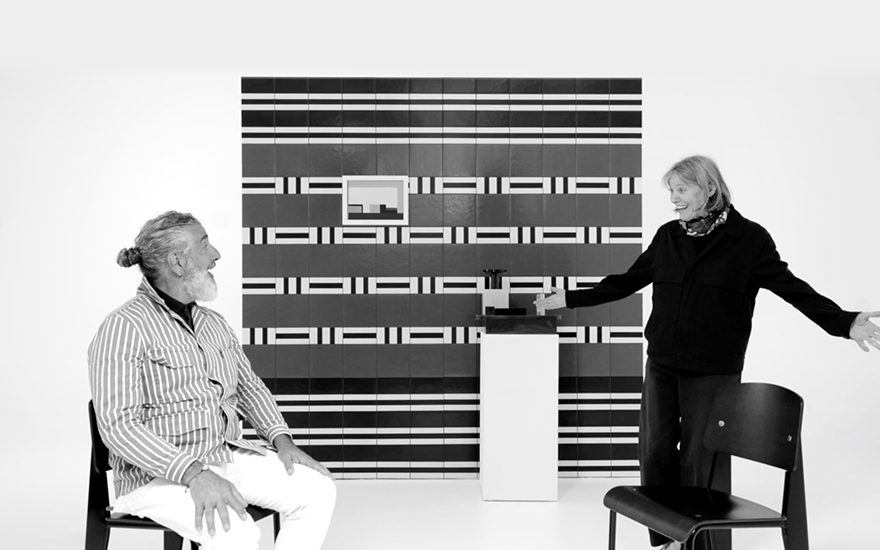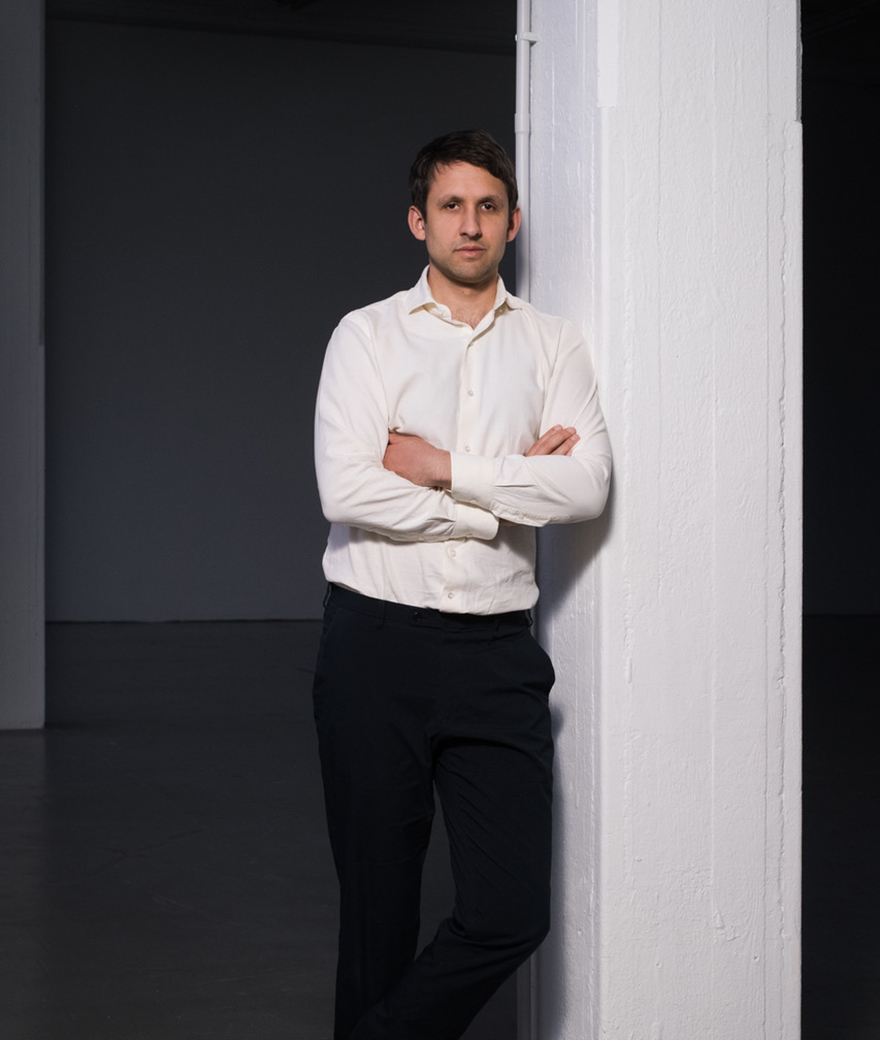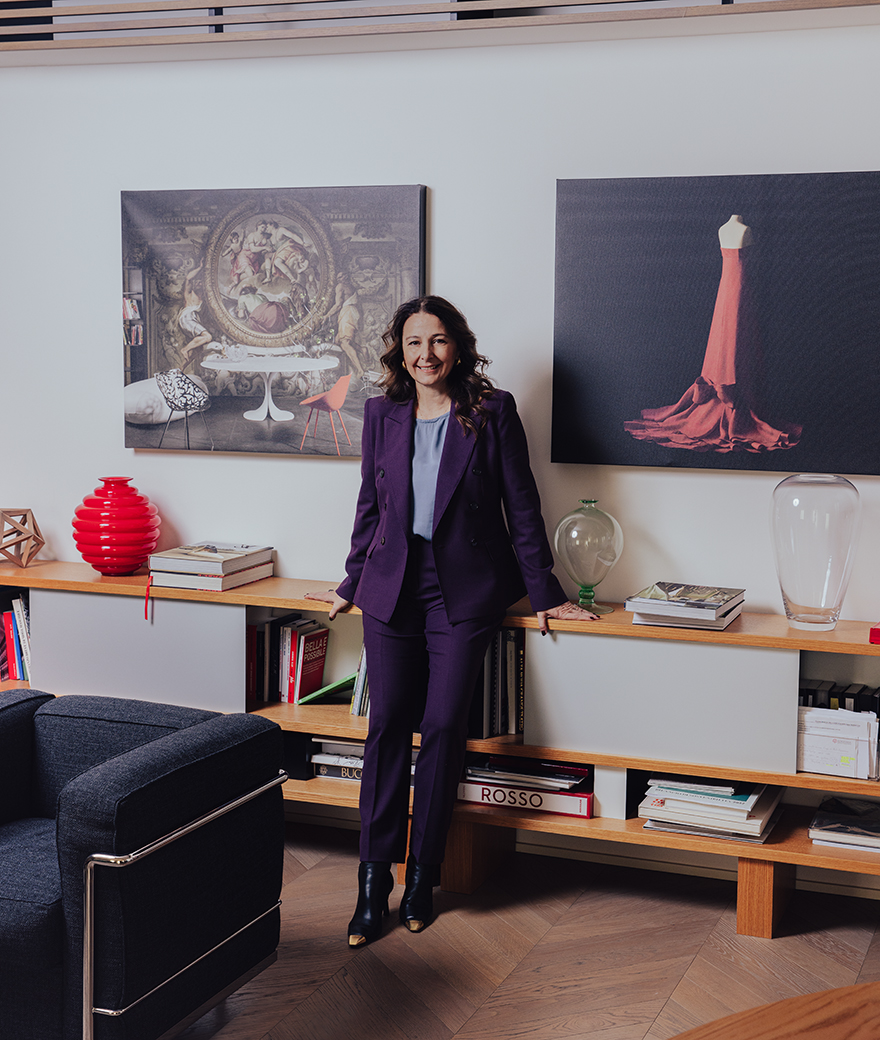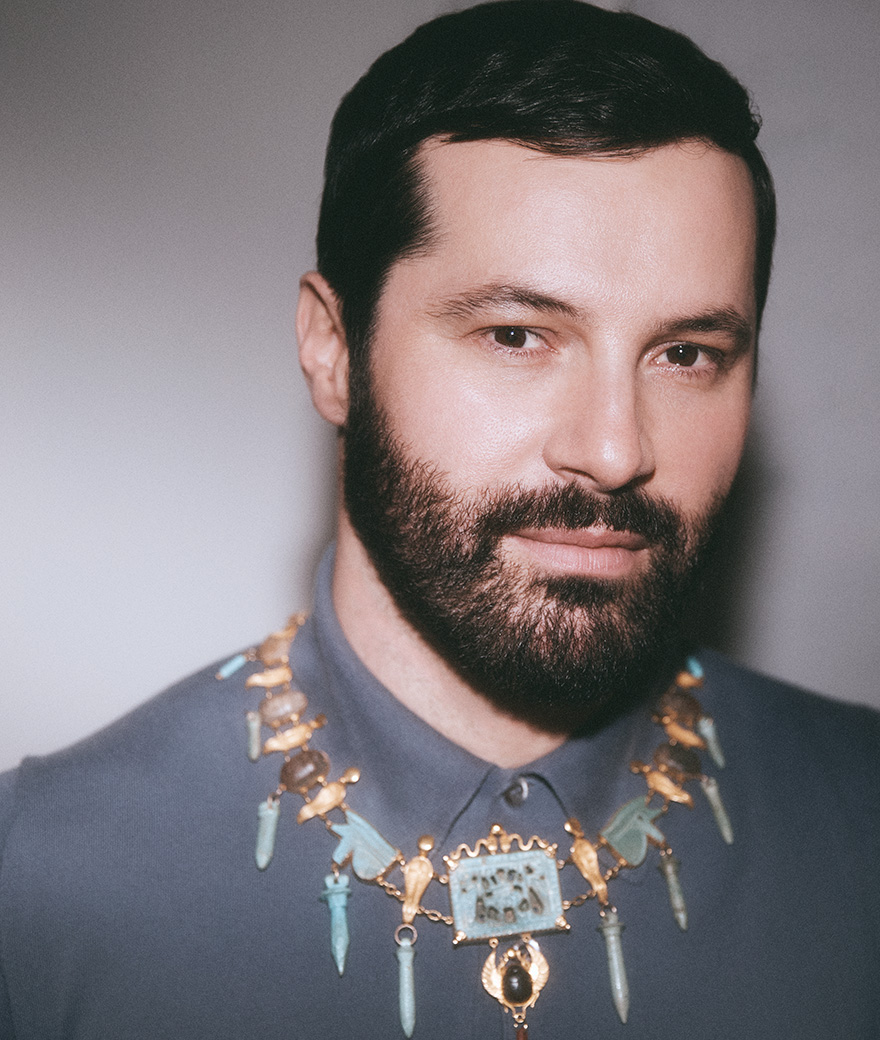A talk with Sarah Cosulich
Before diving into the theme of Artissima, could you tell us about your previous experiences?
I studied in the U.S., Berlin, and London, and worked in both European cities as well: my first work experiences were at the Judisches Museum of Berlin and at the TATE Britain. My first important job was as an assistant curator for the Venice Biennale with Francesca Bonami in 2003, a unique and indescribable experience. I had the opportunity to meet and work closely with ten international artists of the likes of Fischli/Weiss, Matthew Barney, Gabriel Orozco, Damien Hirst, and Rudolf Stingel, relationships that I have maintained and strengthened in other professional positions of mine. Another fundamental period was my experience at Villa Manin, where I spent five years curating exhibitions and projects with artists Carsten Höller, Pawel Althamer, Rirkrit Tiravanija, Damian Ortega, Tomas Saraceno, Tobias Rehberger, Paola Pivi and Elmgreen & Dragset, to name a few. Other professional experiences include teaching, writing, and collaborating with a private Italian gallery, as well an experience in the world of advertising in Switzerland.
The project Artissima is inspired by a tradition rooted in the Savoy region. How influential do you think the connection with the territory is?
Turin is a city that has made the contemporary culture its strength: from the cradle of Arte Povera, it has invested in contemporary art, forming an internationally recognized network of museums and foundations that have made it a center of excellence. Being part of this network is fundamental to Artissima because it is where people from all over the world can take advantage of a varied and heterogeneous array of artistic talent. Collectors are attracted to our unique and focused identity—a “niche” project that recognizes emerging artists and rediscovers the avant-garde. All of this is found within a contemporary city of fascinating, Baroque tradition, and equip with high quality services and a particular focus on Enogastronomy, from wine to truffles…
How was the fair born?
Artissima has been around for 23 years, born from a private initiative and owned by the Piedmont Region and the city of Turin through the Turin Museum Foundation since 2008. This public nature of the fair has made Artissima both a culturally and commercially important event: we cater to the public (we had 52,000 visitors in 2015) with special events to bring contemporary art closer to the people, and to collecting, with a unique artistic offer. Over the years, Artissima has honed its mission, becoming one of the most preeminent events in the panorama of international fairs.
The mindset is definitely one of a transformist: the challenge of a director is knowing how to involve different spokespersons, with each using their own language.
As Director of Artissima, with what mindset do you take on this initiative? Could you tell us about one of the most important events in the past four years?
The mindset is definitely one of a transformist: the challenge of a director is knowing how to involve different spokespersons, with each using their own language. Gallery owners, collectors, journalists, and partnering organizations all make up different spheres within the fair; yet, all of them are involved and participate collectively. The objective is to create an orchestra in which each instrument carries out its own role as part of a symphony. The most important moments that I have lived are when we realize that we are initiators, we really like being “copied”: in fact, Artissima is the first contemporary art fair to have introduced a focus on the historical avant-gardes, and a stage exclusively dedicated to performance arts. We are the first fair to award young artists with a museum exhibition and a spot in the pavilion, the first to have transformed talks into traveling dialogues between booths, the first to have an exhibit on great institutional collections, and the first to have introduced original, secondary initiatives in the city…Seeing other international fairs adopting our format would give us great satisfaction.
What are the most important parts of the selection process for galleries in Artissima? What are the fundamental values necessary for the success of the edition?
The galleries are grouped into different sections: in one group, galleries present a project that has been chosen by our committee of international gallery owners; another group consists of monographic booths selected and researched by museum curators and directors. Artissima’s selectivity is a very important element; it allows us to be able to offer high quality and consistency. We don’t just aim to choose big, well-known galleries, but also to incorporate galleries with experimental and innovative approaches from a wide geographic range: nearly 70% of out exhibitors come from abroad.
Artissima is not just limited the month of November; how do you maintain active research projects during the year?
The international profile of Artissima remains alive during the year through the curatorial committees and their research and selection processes, as well as through our activity around the world. The fair grows and nourishes itself during all twelve months preceding each edition, fine-tuning its project and enriching itself with contacts, knowledge, and dialogue. The fair’s numerous projects require travel, visits, and meetings in many different countries with institutions, museums, and people of the global art world. We recognize museum directors and curators and collaborate with them on projects, panels, and initiatives. We look for new, interesting galleries to involve and new collectors to invite. They remain fascinated by past editions of Artissima in Turin and sometimes, they are the ones who go on to organize events and promote the fair in their own countries.
The 2016 edition looks as if it will be rich in international profiles: what’s new?
One of the many new things this year is Dialogue, the new section of Artissima reserved for booths with closely-related works, following the idea of a curated project; this is to increase the quality and attention given to presentations in line with the particular identity of the fair. This year, the section, New Entries, dedicated to emerging galleries attending the fair for the first time, will also be found in an exclusive position at the fair entrance to reaffirm Artissima’s efforts toward new artistic languages. In celebration of the 3rd year of our performance art edition, we will transform the format, giving rise to a show of performative interventions curated by the Dutch collective, If I Can’t Dance, I Don’t Want To Be Part Of Your Revolution. One of the most unique, new initiatives is by far the special collaboration between Artissima and Turin Airport: a site-specific installation of the renowned artist, Thomas Bayrle, will welcome visitors in the baggage claim area of the airport. Artissima wants to put itself into play, tell the story of contemporary culture in the most unexpected places, and draw connections between art, the international public, and its city.
What does Artissima’s collaboration with Mutina represent?
The collaboration with Mutina is a new challenge: we wanted to rethink the idea of an award, and provide a great opportunity for artists and gallery owners. This opportunity provides an open rapport that is maintained throughout time, taking shape at the fair and then continuing on after it: we like the idea of keeping the support that Mutina gives to the chosen artist flexible, it can be an exhibition, a work, or a publication. It concerns a new and interesting collaboration between who creates art and who wants to support it, a reexamination of the relationship between entities with a perspective consistent with the fair’s philosophy.
What would you recommend seeing in Turin?
During the week of Artissima, Turin becomes a hub for numerous events the can’t be missed; some of these include exhibitions by Ai Wei Wei, Ed Atkins, Joseph Beuys, Josh Kline, Carol Rama, Wael Shawky, Rosemarie Trockel…It isn’t easy to choose just one project to recommend to the public of a vast, city-wide program that includes both Turin’s larger institutions, as well as its galleries and non profit organizations. One of the special things about Turin is the presence of artistic studies of people like Carlo Mollino and Carol Rama, surprising and fascinating settings can be visited, allowing for an original point of view of the artistic side of the city.
What do you see in the future of Artissima?
A fair like Artissima draws a great advantage from its global yet unique strategy: what occupies a niche sector and is of quality can have a great future. This is a result of a focused endeavor in which the collector is followed, and can be more selective in steering his or her own interests. Being cradled by Turin, the capital of contemporary culture, and a welcoming and sophisticated city, is a special opportunity; I am convinced that singularity is the secret to competing in a global market.
The collaboration with Mutina is a new challenge: we wanted to rethink the idea of an award, and provide a great opportunity for artists and gallery owners.

